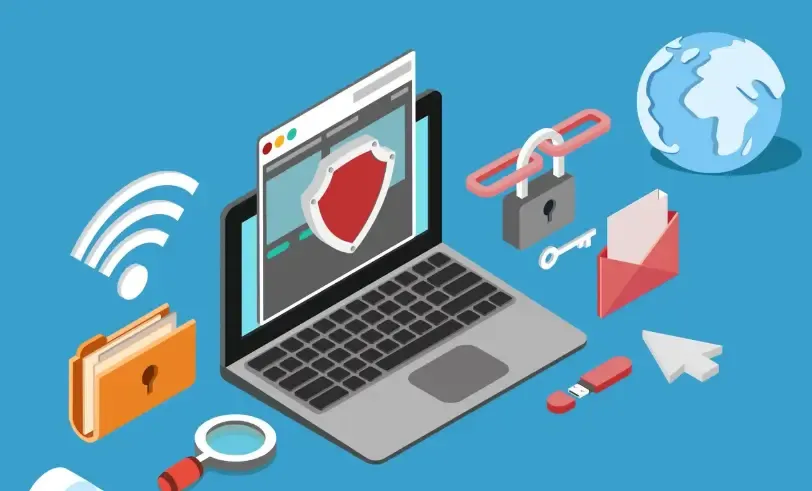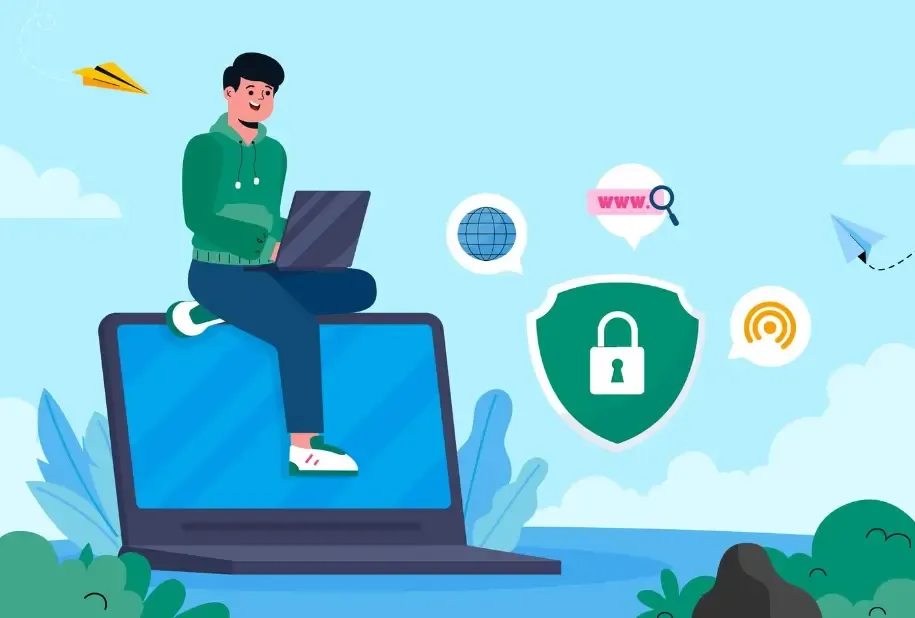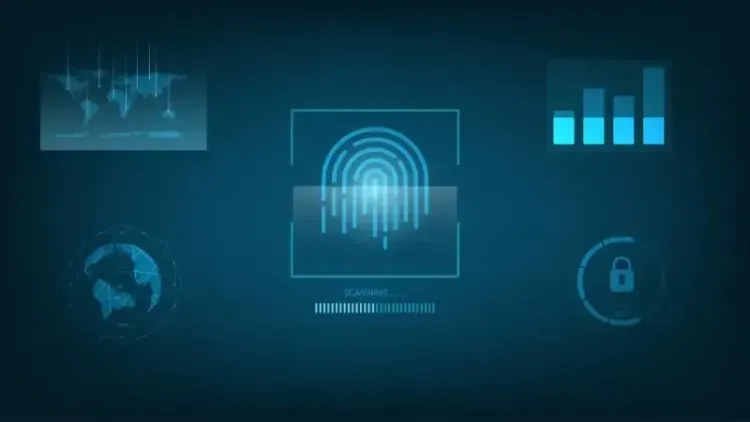Check for DNS Leaks Before Surfing the Web Anonymously (Free Tools)
Want to browse the internet anonymously but don't know where to start? Many people think that simply using an IP tool is enough, but DNS leaks often quietly expose your online footprints.
This article uses simple language to explain what DNS leaks are, why you should perform DNS leak detection, how to quickly check using free DNS leak detection tools, and also introduces the role and advantages of the ToDetect browser fingerprint detection tool. Finally, we will answer common user questions to help you fully protect your privacy.

What is DNS leakage? Why is it dangerous?
DNS (Domain Name System) is like the phone book of the internet. When you visit a website, your device queries the DNS for the corresponding IP address. If you are using IP tools but the device still sends requests to the local ISP's DNS, it is called DNS leakage. Once it happens, the ISP or a third party can see which domain names you have visited, significantly reducing anonymity. Common situations include: improper configuration of IP tools, the operating system prioritizing the system DNS, and issues with browser or router settings.
Why is DNS leak testing necessary?
DNS leak testing can help you quickly determine:
Do IP tools really obscure DNS requests?
Whether the browser or system exposes information about the real IP address.
Do I need to adjust the router or system settings to prevent leaks?
By using an online DNS leak detection tool, you can simply open the detection page to see if the current DNS points to your IP tool server or is exposed to your ISP. This is one of the most intuitive and important privacy check steps.
Recommended free tools and operating steps
The following is a quick testing procedure (general, applicable to Windows, macOS, and Linux):
Connect your commonly used IP tools (if any).
Open the browser, clear the cache or open the detection page in a private window (incognito).
Visit the free DNS leak detection website (ToDetect).
The test results will display the currently used DNS server address, country, and provider. If it shows inconsistencies with the IP tool, it indicates a DNS leak.
Long tail keyword examples: How to detect DNS leaks on Windows, How to prevent DNS leaks, Recommendations for online DNS leak detection tools, these are all questions users commonly search for, and the detection process is the same as above.
ToDetect browser fingerprint detectionThe role and advantages of tools.
In addition to DNS leak detection, browser fingerprinting is another easily overlooked but significant privacy threat. The ToDetect browser fingerprint detection tool can complement the shortcomings of DNS detection; it can:
Quickly identify browser fingerprinting information (such as User-Agent, fonts, screen resolution, plugins, etc.) to help you understand what information may expose your identity;
A visual report that allows for a quick assessment of fingerprint uniqueness and traceability.
Compatible with multiple platforms and mainstream browsers, easy to operate, suitable for non-technical users;
It can be used in conjunction with DNS leak detection to create a "dual check for online anonymity."
Using ToDetect in conjunction with DNS leak detection can provide a more comprehensive assessment of the true effectiveness of anonymous browsing: it checks both whether there is a leak at the network layer (DNS) and whether the client layer (browser fingerprint) can be identified.
How to fix DNS leak
Several common repair methods:
Enable the "Private DNS" or "Prevent DNS Leak" option in the IP tool client.
Change the system DNS to the DNS provided by the IP tool or use public DNS (such as encrypted DNS-over-HTTPS/DoT);
Set DNS at the router level to prevent local network devices from bypassing IP tools;
Disable smart network switching or force IPv6 downlink (sometimes IPv6 may also cause leaks);
Use ToDetect to check the browser fingerprint, install suitable privacy plugins, or adjust browser settings to reduce fingerprint uniqueness.
DNS Leak Detection Common Questions and Answers (FAQ)
Question: Does using an anonymous window in a browser prevent DNS leaks?
Answer: No. Incognito mode only does not save local records and does not change the source of DNS requests. DNS leak detection is still required, and IP tools or encrypted DNS should be used.
Q: How can I know if my IP tool will leak DNS?
Answer: After connecting to the IP tool, immediately use the DNS leak test tool to check. If the displayed DNS provider is not the server of the IP tool, then a leak exists.
Question: Is ToDetect free? Will it be complicated?
Answer: ToDetect provides an easy-to-use detection interface suitable for non-technical users. Whether it is free depends on the official policy, but there is generally a basic free privacy detection feature, while enterprise versions or premium features may charge a fee.
Q: Can a router prevent DNS leakage for all devices?
Answer: If the correct DNS is configured on the router and the corresponding rules are enabled, it can significantly reduce the risk of device leakage in the local area network. However, client cooperation is still required (such as disabling the device's built-in DNS priority settings).
Summary
Anonymous browsing cannot be fully achieved with just one tool. Conducting a DNS leak test is the most basic and essential step; combined with client-side detection tools like ToDetect for browser fingerprinting, you can ensure both network layer and browser layer security, truly enhancing anonymity. Go ahead and perform a test now—online tools are almost free, easy to operate, and can help you immediately discover and fix privacy vulnerabilities.



